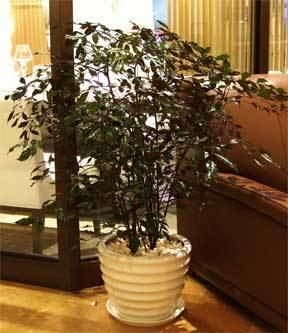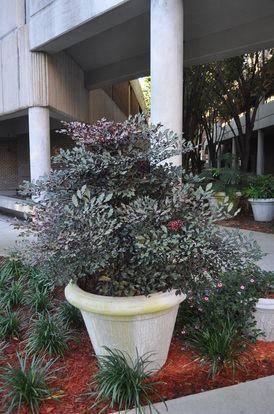Higher classification Vitaceae | Scientific name Leea Rank Genus | |
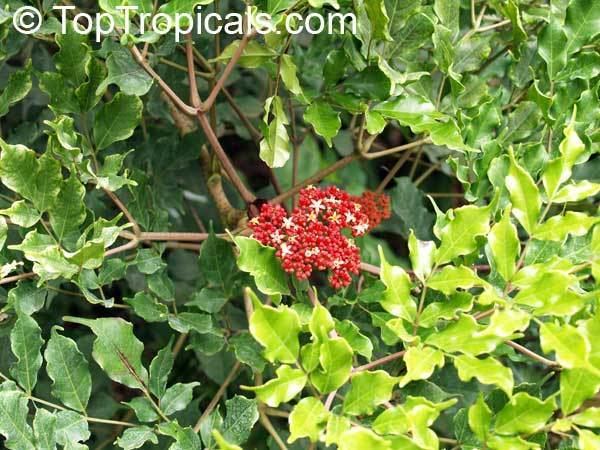 | ||
Similar Leea indica, Vitaceae, Leeaceae, Leea macrophylla, Ampelocissus | ||
Leea indica is a genus of plants result of expedition
Leea (Tagalog: Talyantan) is a genus of plants that are distributed throughout Northern and eastern Australia, New Guinea, South and Southeast Asia and parts of Africa. Leea contains approximately 70 species and is placed in the Vitaceae family. The APG II system places Leea in the subfamily Leeoideae (Vitaceae). Leea is often placed in its own family, Leeaceae, based on morphological differences between it and Vitaceae. These differences include ovule number per locule (two in Vitaceae and one in Leeaceae), carpel number (two in Vitaceae and three in Leeaceae), and the absence or presence of a staminoidal tube (present in Leeaceae) and floral disc (present in Vitaceae). Pollen structure has also been examined for taxonomic demarcation, though studies have concluded that the pollen of Leeaceae and Vitaceae suggests the families should remain separate while other studies conclude that Leea should be included in Vitaceae.
Contents
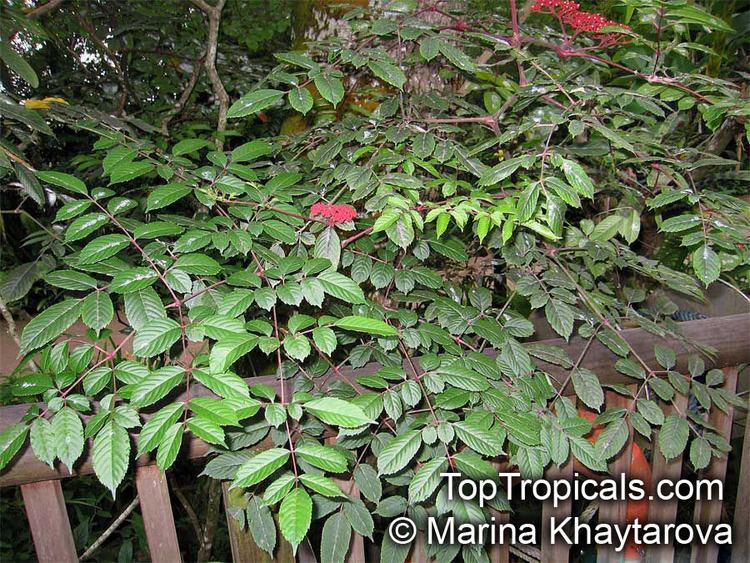
The genus was named by Linnaeus after James Lee, the Scottish nurseryman based in Hammersmith, London who introduced many new plant discoveries to England at the end of the 18th century.
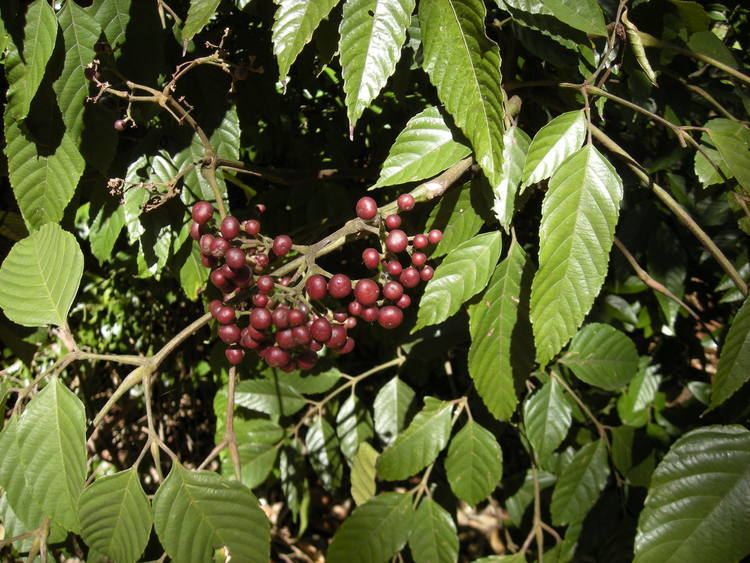
Ecology
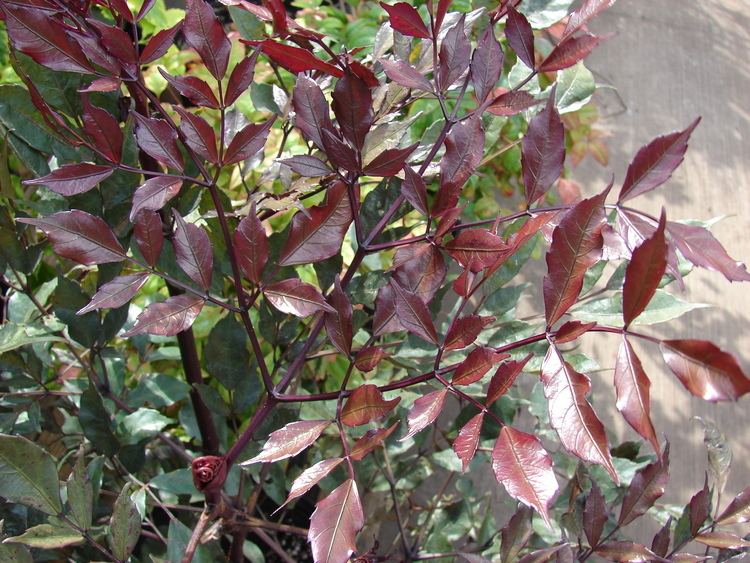
Leea flowers are visited by a variety of potential insect pollinators, including flies, wasps, bees, butterflies, and beetles. Some species may have evolved synchronized dichogamy as a mechanism to prevent self pollination.
